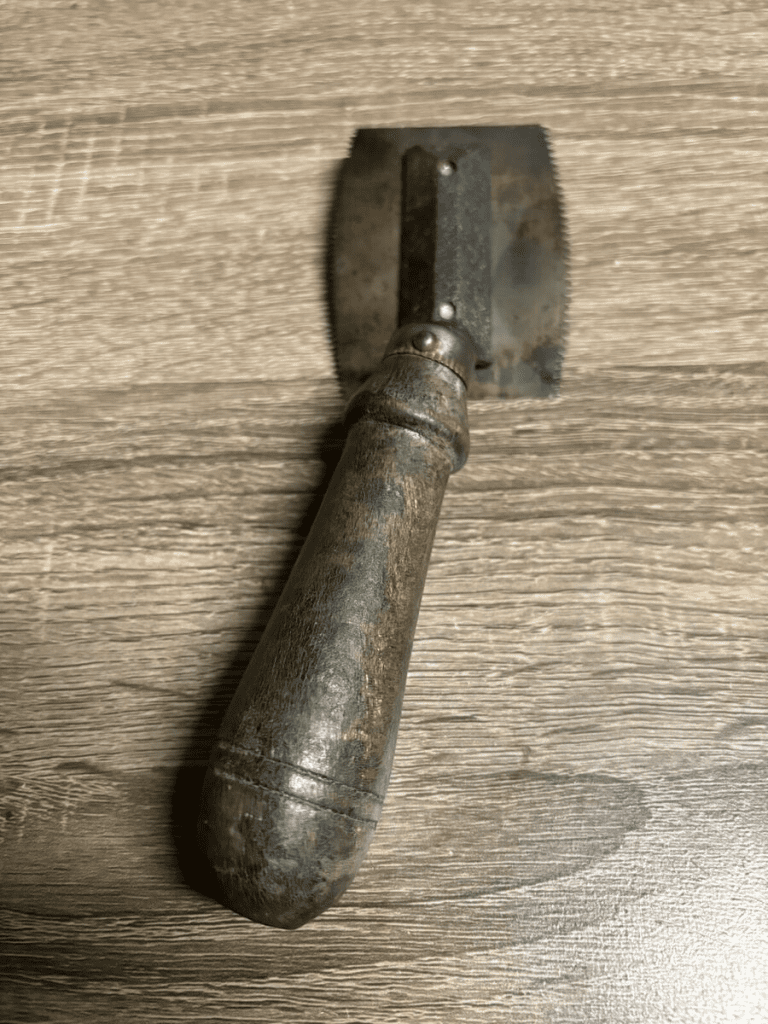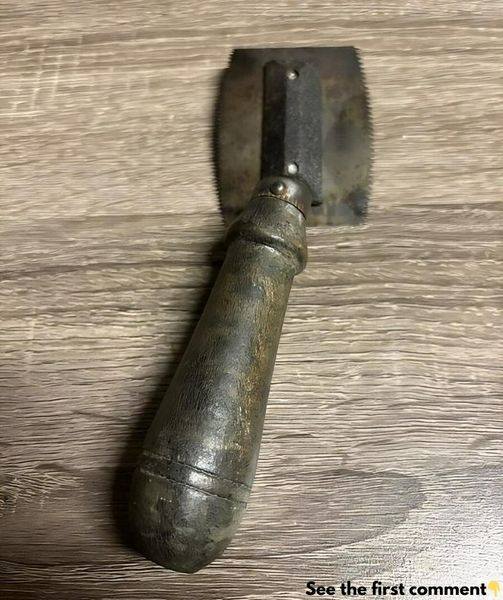The veneer saw is an invaluable asset in the world of woodworking, tracing its origins back to the 19th century. This era was defined by a surge in demand for exquisitely made furniture and the use of intricate inlays that enhanced the visual appeal and perceived worth of wooden pieces. To appreciate the veneer saw’s lasting impact, let’s delve into its historical background, functionality, and enduring significance.
Historical Significance of the Veneer Saw

The introduction of the veneer saw in the 19th century revolutionized woodworking. Crafted to cut thin wooden slices, or veneers, from larger timber pieces, these saws allowed artisans to adorn furniture with aesthetically pleasing wood layers. Veneers enabled the creation of decorative patterns and allowed more affordable wood to masquerade as luxurious material. Early veneer saws, made from high-grade steel and often featuring decorative handles, underscored their importance in skilled woodwork.
Utilization in Woodworking
Veneer saws are known for their thin, finely-toothed blades, essential for precise veneer cuts. The unique design, which includes a narrow blade set at a slight angle, ensures clean slices with minimal splintering. This precision is crucial for fitting veneers onto furniture, cabinets, and decorative panels. The meticulous nature of this work demanded a delicate touch and a steady hand, making the veneer saw indispensable for detailed, high-quality projects.
The Legacy of Craftsmanship
Even with the advent of modern power tools for veneer cutting, vintage veneer saws maintain a special status among collectors and woodworking aficionados. These tools are celebrated not just for their functionality but also for their craftsmanship and historical importance. They epitomize the artistry and meticulous skill of traditional woodworking. Today, vintage veneer saws are often showcased in workshops and museums, highlighting the elaborate processes behind fine furniture and intricate designs.
Modern-Day Relevance and Inspiration
The legacy of the vintage veneer saw continues to inspire the woodworking community. It serves as a tribute to the precision and artistry of historical woodworking and motivates contemporary craftsmen. In an age dominated by automated tools, there’s a growing reverence for the grace and traditional craftsmanship of hand tools. The veneer saw, with its deep-rooted history and practical design, encourages modern woodworkers to blend classical elements into their craft, creating works that are both aesthetically pleasing and structurally sound.
Conclusion: Celebrating Traditional Woodworking Tools
From its historical beginnings to its modern-day relevance, the veneer saw symbolizes the evolution of woodworking tools and techniques. It acts as a bridge between past and present, reminding us of the craftsmanship involved in every cut of wood. As technology progresses, we continue to honor tools like the veneer saw that have shaped the woodworking realm. By preserving these tools and the expertise required to use them, we ensure that the spirit of traditional craftsmanship endures, enriching the woodworking world for future generations.
Embrace the craftsmanship of yesteryears and let it inspire your future projects. Share this article if you too are captivated by the fusion of history and craftsmanship in woodworking!




